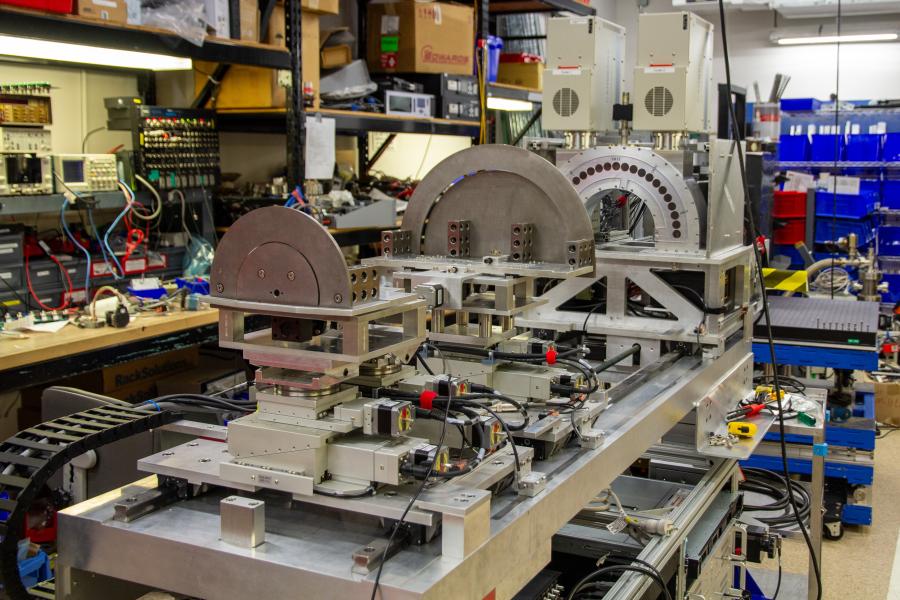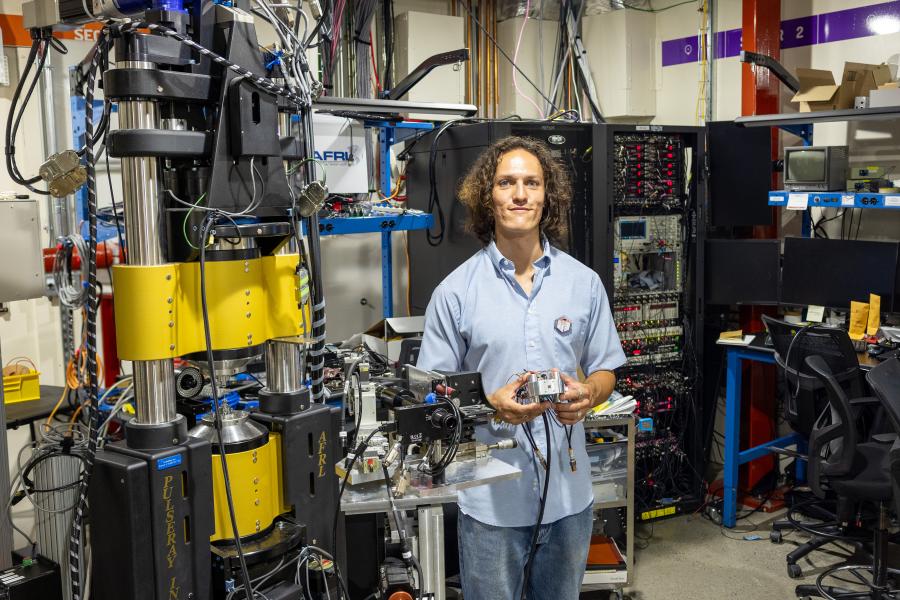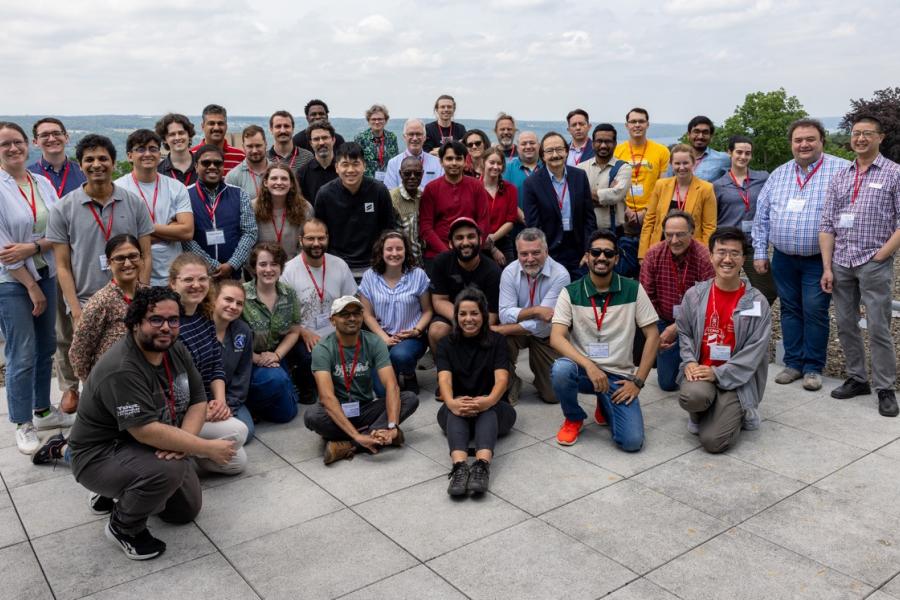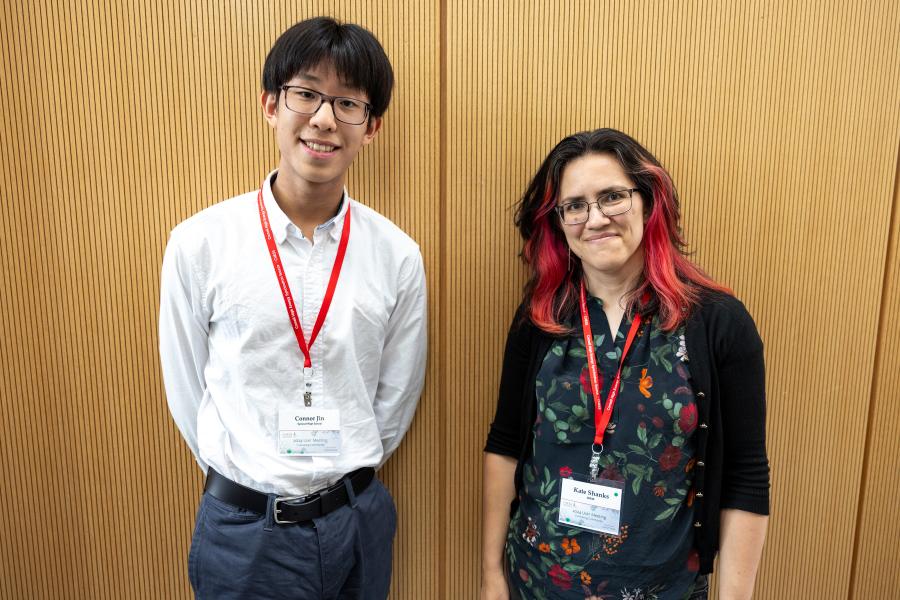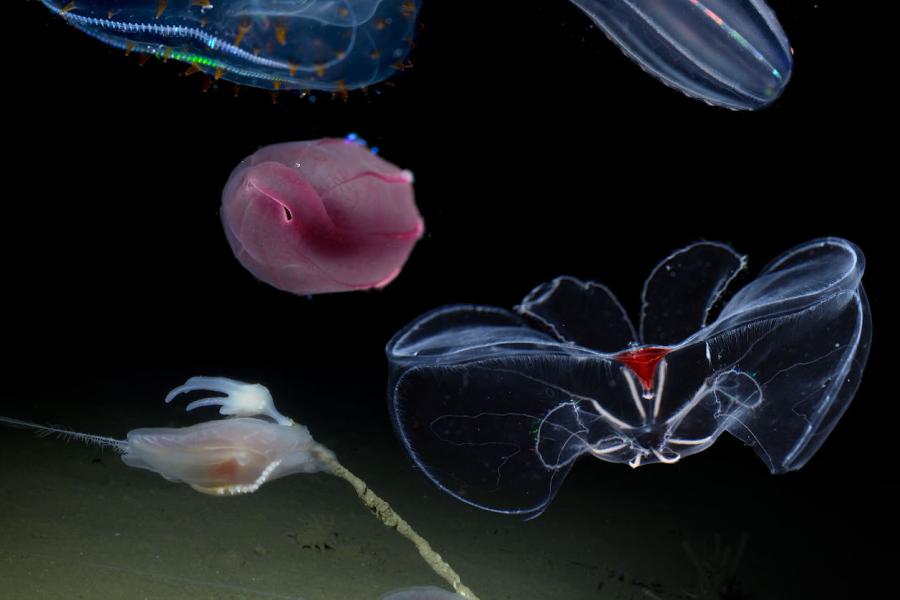Sidebar Menu (View Pages)
- Status
- ⌃ Science
- ⌃ Users
- ⌃ Facilities
- ⌃ Public
- Industry
- ⌃ About
Tags
Featured
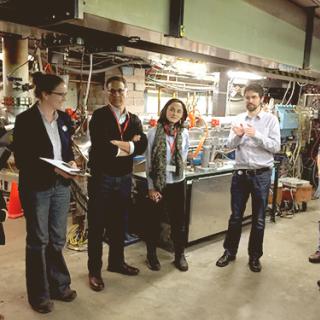
Mini-workshop on XRF mapping for cultural heritage sparks discussion
On January 22, fifteen regional participants from diverse fields – chemists, art historians, curators, art conservators, and conservation scientists – gathered at CHESS to discuss applications of x-ray fluorescence imaging in the cultural heritage world.

With the new year comes new controls at A1 station
Continuing on with upgrades to the safety controls for CHESS beamlines, the new A1 Station controls are ready for the first run of 2016.
![RIXS spectrum of [Cu(CF)]](/sites/default/files/styles/person_thumbnail/public/2018-02/toc-fixed_graphic.jpg?itok=14CQ2SHN)
A CHESS first - Resonant X-ray Inelastic Scattering (RIXS) study published in JACS
Kyle Lancaster’s (Cornell C&CB) group has published a study on the contested electronic structure of [Cu(CF3)4]– investigated using UV/visible/near IR spectroscopy, Cu K-edge X-ray absorption spectroscopy, and 1s2p resonant inelastic X-ray scattering.
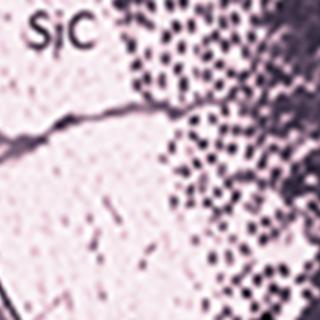
High-energy x-rays probe extreme-temperature materials for atmospheric re-entry
Challenges in aerospace engineering, such as the design of rocket nozzles and atmospheric re-entry vehicles, require lightweight materials which demonstrate high strength at extreme temperatures.
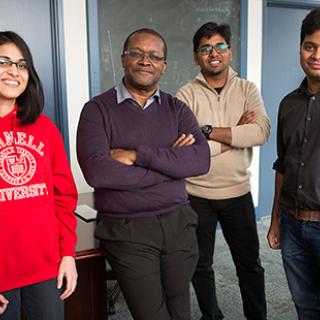
Room-temperature lithium metal battery closer to reality
Rechargeable lithium metal batteries have been known for four decades to offer energy storage capabilities far superior to today’s workhorse lithium-ion technology that powers our smartphones and laptops.
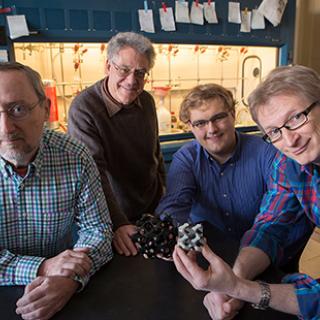
First self-assembled superconductor structure created
Building on nearly two decades’ worth of research, a multidisciplinary team at Cornell has blazed a new trail by creating a self-assembled, three-dimensional gyroidal superconductor.
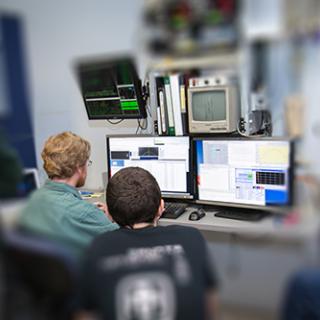
CHESS summer science workshops taking shape
As we pointed out in the last eNewsletter, this coming June will be a busy time as our annual CHESS User’s Meeting June 7th 2016 kicks off a series of six science workshops.

Former CHESS user Shawn Tan wins innovators award in new field of nanoplasmonics
This past November ten young innovators made it to EmTech Singapore’s Innovators Under 35 list, selected from over 100 applicants from Asia and Australasia [1].

